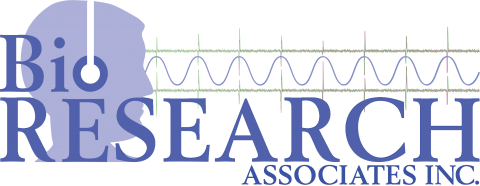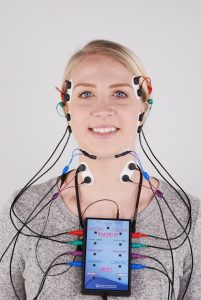
BioEMGIII
Surface EMG is the worldwide standard method for recording muscle-specific activity in skeletal muscles. It has been proven reliable in numerous studies over many years and is a clinical procedure that can easily be performed in any dental office. This information is invaluable to the clinician that hopes to create beautiful dentistry that works with the patients physiology for optimum results.
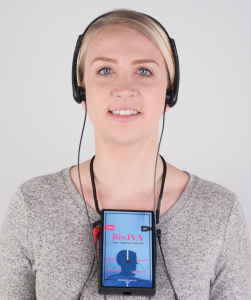
BioJVA
Joint Vibration Analysis is based on simple principles of motion and friction: When smooth surfaces rub together, little friction is created…and little vibration. If these surfaces become rough, then friction and vibration are created when these surfaces articulate.
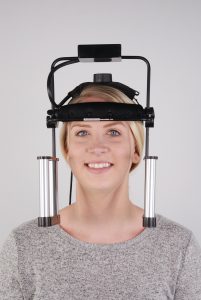
JT-3D
The JT-3D was researched & developed to provide incredibly accurate measurements in mandibular kinesiology. Lightweight aerospace materials and both mechanical and electrical computer aided design have perfected this precision instrument.
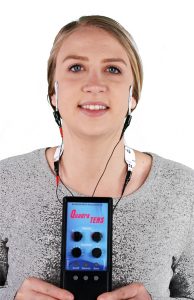
Quadra Tens
QuadraTENS was developed in 2006 for medical and dental applications. It features dual channel ULF which allows you to relax two sets of muscles simultaneously. The BioRESEARCH QuadraTENS also provides a "burst" mode for shock free increases in contraction. The burst mode has been optimized to increase the effectiveness of ULF-TENS, especially when applied to larger muscles like the trapezius.
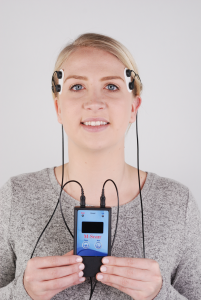
M-Scan
M-Scan is specifically designed to record craniofacial muscle activity in both rest and function.
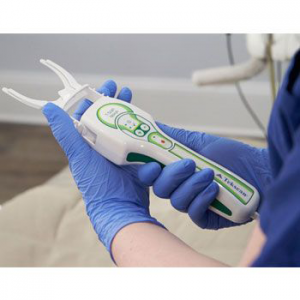
T-Scan NOVUS™
For years, dental occlusion had been largely a matter of guesswork for dentists. Meet the next evolution of dentistry with the T-Scan innovative solutions.
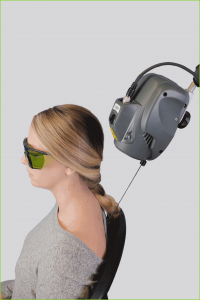
MLS Laser
MLS Laser Therapy technology is the most advanced laser therapy system on the market. Reduction of response times, and therefore overall treatment times, distinguishes MLS Laser Therapy from traditional laser therapy with reciprocal advantages for both the operator and the patient.
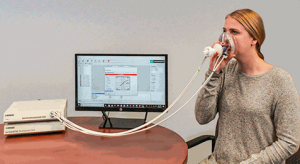
NARIS System
The A1 Acoustic Rhinometer and N6 Rhinomanometer assist in the collection of nasal investigation data by using a sound pulse technology and a flow/pressure measurement. The examination of nasal structure is done using the sound pulse of the Rhinometer. The examination of nasal function is measured via the Rhinomanometer.
